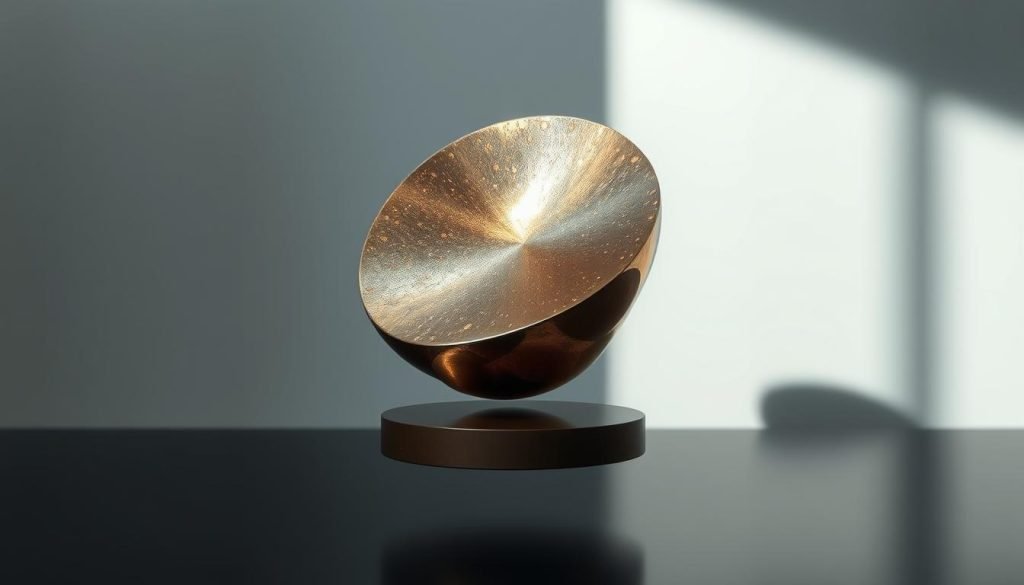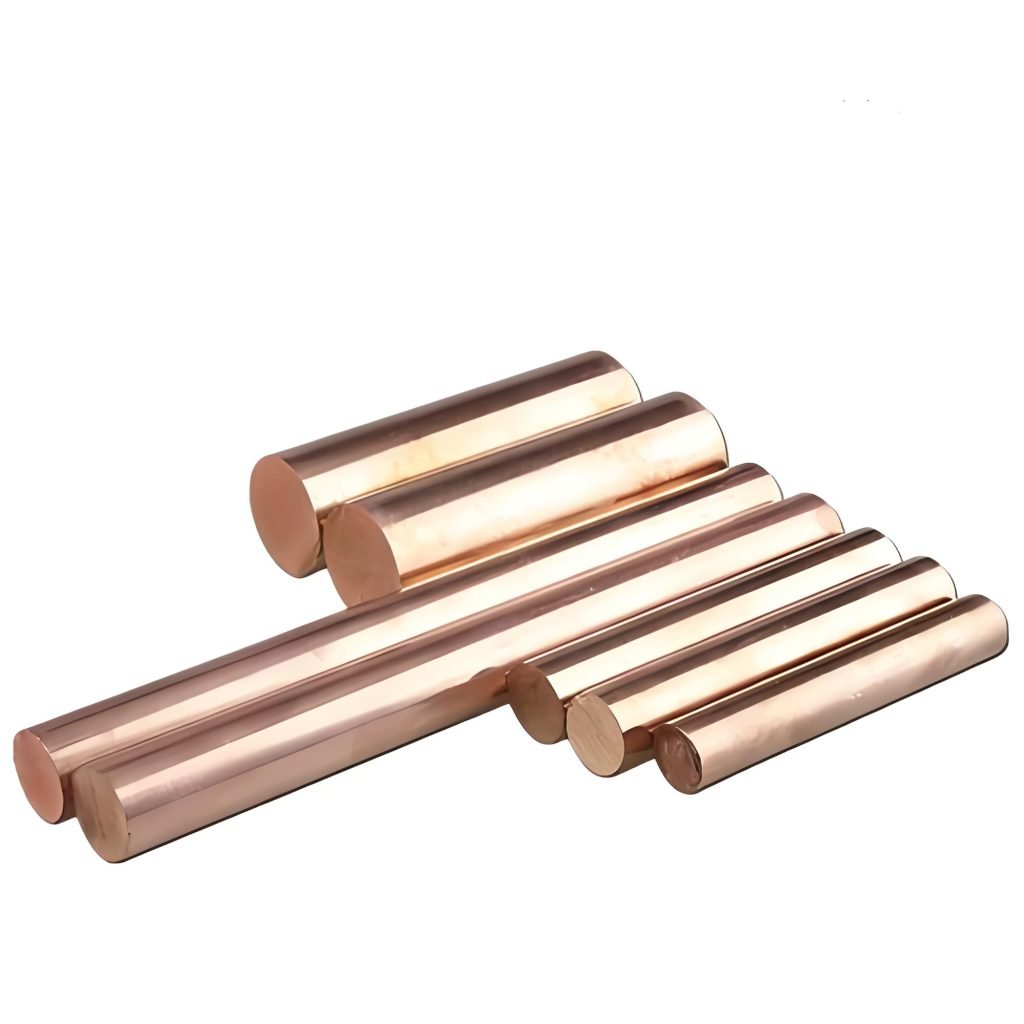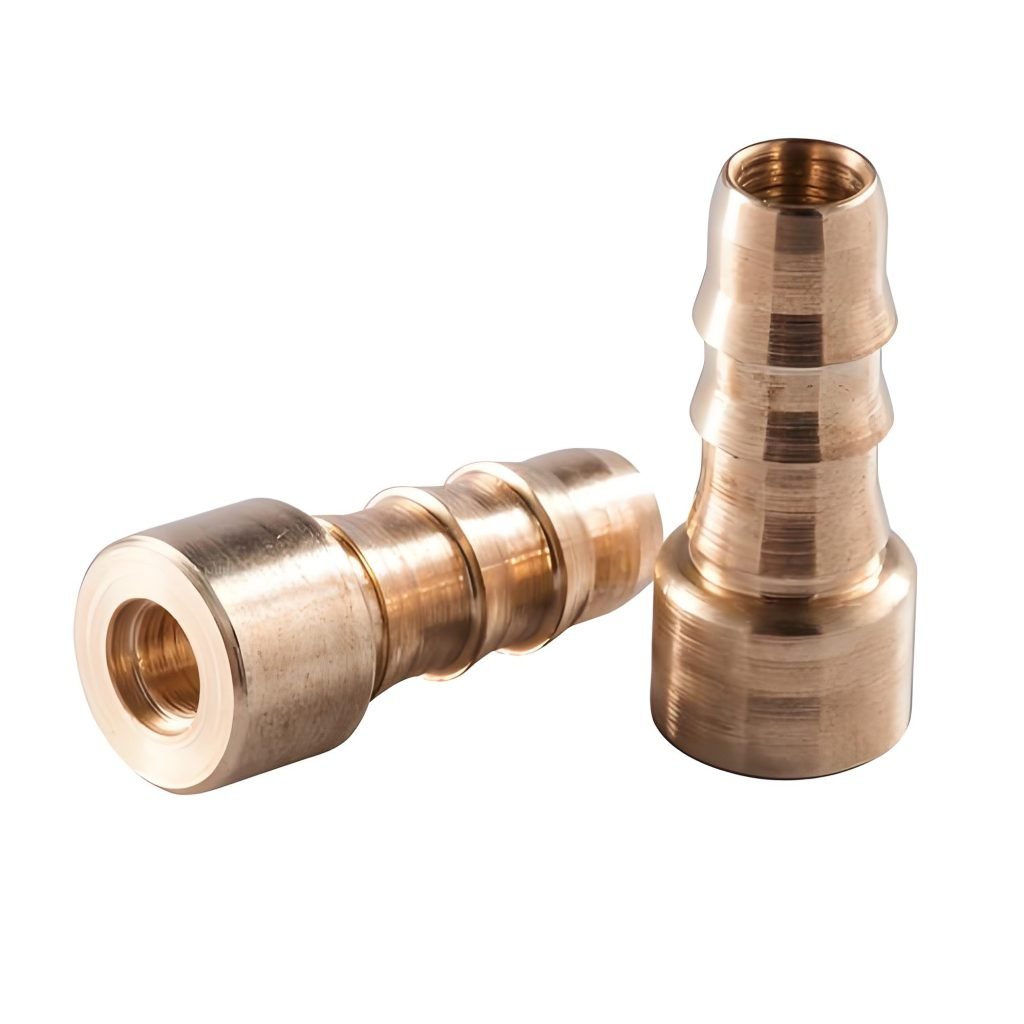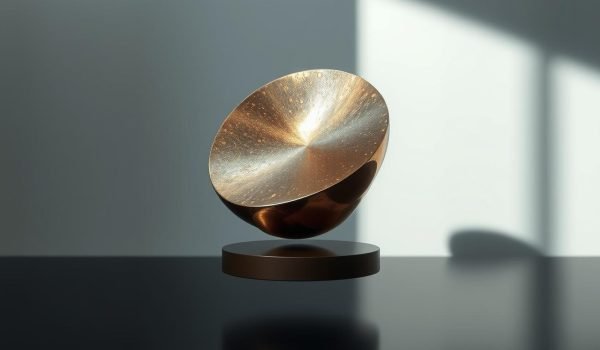You might have wondered about the properties of bronze, a metal alloy primarily composed of copper and tin. Understanding whether bronze exhibits magnetic properties is crucial for various industrial applications. As a significant material in manufacturing and engineering, the magnetism of metals like bronze plays a vital role.

This article delves into the composition of bronze, exploring its interaction with magnetic fields and the science behind magnetism in metals. By understanding the properties of this alloy, you’ll gain insights into its suitability for different uses, from aerospace to automotive industries.
Understanding Bronze Composition
To understand bronze, you need to know its composition. Bronze is primarily an alloy of copper and tin, but it can contain other elements that significantly affect its properties.
The Copper-Tin Alloy
The basic composition of bronze is a combination of copper and tin. The proportion of these two metals can vary, leading to different types of bronze with unique characteristics. Copper provides strength and ductility, while tin adds hardness and corrosion resistance.
Common Additives and Variations
Besides copper and tin, bronze can contain other elements like aluminum, manganese, silicon, phosphorus, and lead. These additives can enhance machinability, strength, and corrosion resistance. For instance, aluminum bronze contains aluminum, which improves its strength and resistance to corrosion. The addition of these elements allows for the creation of various bronze alloys tailored to specific applications.
The Science of Magnetism in Metals
The science behind magnetism in metals is rooted in the behavior of electrons within their atomic structure. You might wonder what makes some metals magnetic while others are not. The answer lies in the arrangement of electrons and the metal’s crystalline structure.
Types of Magnetic Behavior
Metals exhibit different types of magnetic behavior, primarily influenced by the alignment of their electrons. The presence of a magnetic field can cause electrons to align, resulting in magnetic moments that can either attract or repel.
What Makes a Metal Magnetic?
A metal becomes magnetic when its crystalline structure allows for the alignment of atoms in the same direction. This alignment is largely due to the presence of unpaired electrons in the atom’s outer shell, which creates magnetic dipoles. The alignment of these dipoles results in a net magnetic field, making the metal magnetic.
Is Bronze Magnetic?

The question of whether bronze is magnetic can be answered by examining the characteristics of its primary components, copper and tin. Bronze is generally considered non-magnetic due to its composition.
Testing Bronze’s Magnetic Properties
You can test bronze’s magnetic properties using a simple magnet. If bronze were magnetic, it would be attracted to the magnet. However, in most cases, bronze does not react to magnets, indicating its non-magnetic nature.
Why Bronze Doesn’t Attract Magnets
The reason bronze doesn’t attract magnets lies in its composition. Copper, the primary component, is diamagnetic, meaning it is slightly repelled by magnetic fields due to its electron configuration. Tin, the other main component, is paramagnetic but lacks unpaired electrons, making it weakly responsive to magnetic fields. The combination of these elements results in bronze being non-magnetic.
Magnetic Properties of Bronze Components
The magnetic properties of bronze are largely determined by its components, copper and tin. To understand why bronze is generally non-magnetic, we need to examine the magnetic behavior of these two metals.
Copper’s Diamagnetic Nature
Copper is diamagnetic, meaning it is weakly repelled by magnetic fields. This property is due to the paired electrons in copper atoms, which create a weak magnetic field opposing any external magnetic field. As a result, copper does not retain any magnetism when exposed to a magnetic field.
Tin’s Paramagnetic Behavior
Tin, on the other hand, is paramagnetic. Although it doesn’t have unpaired electrons, tin is weakly attracted to magnetic fields. However, it doesn’t retain any magnetism once the external field is removed. The combination of copper’s diamagnetism and tin’s weak paramagnetism results in bronze’s non-magnetic character. Tin also contributes to bronze’s improved hardness and durability.
How Impurities Affect Bronze’s Magnetic Behavior
The presence of impurities in bronze can significantly influence its magnetic behavior. Bronze is primarily an alloy of copper and tin, but it often contains other elements that can alter its properties.
Iron Content and Magnetism
Iron is a common impurity in bronze that can significantly affect its magnetic properties. Even small amounts of iron can introduce ferromagnetic behavior, making the bronze slightly magnetic.
Effect of Other Alloying Elements
Other alloying elements, such as nickel, manganese, and aluminum, can also impact bronze’s magnetic behavior. Nickel, being ferromagnetic, can increase the magnetic properties of bronze when added. In contrast, elements like aluminum and manganese can weaken the magnetic properties. The interaction between these elements creates complex effects on bronze’s overall magnetic behavior.
Magnetism in Different Bronze Alloys
You might be surprised at how different bronze alloys respond to magnets. The magnetic properties of bronze alloys vary significantly due to differences in their composition.
Aluminum Bronze
Aluminum bronze is known for its strength and resistance to corrosion. It generally exhibits non-magnetic behavior, making it suitable for applications where magnetic interference is a concern.
Manganese Bronze
Manganese bronze contains manganese, which can influence its magnetic properties. While it’s not strongly magnetic, its properties can vary based on the specific composition.
Leaded Bronze
Leaded bronze is used for its lubricity and is often found in bearings. It is typically non-magnetic, as lead does not contribute to magnetic behavior.
Silicon Bronze
Silicon bronze is valued for its strength and corrosion resistance. It is generally non-magnetic, making it suitable for use in marine hardware and other applications where magnetism could be problematic.
Iron-Tin Bronze
Iron-tin bronze contains a small amount of iron, making it ferromagnetic. This alloy was used historically for tools and weapons due to its increased hardness. Modern applications take advantage of both its magnetic properties and durability. The iron content introduces ferromagnetic properties, and adjusting it can control the magnetic behavior.
Applications of Non-Magnetic Bronze
The unique properties of non-magnetic bronze make it an ideal material for various applications where magnetic interference needs to be minimized.

Electrical and Electronic Equipment
Non-magnetic bronze is used in electrical and electronic equipment due to its ability to withstand magnetic fields without compromising the functionality of the devices. It’s often used in the manufacture of components for sensitive electronic equipment.
Marine Applications
In marine environments, non-magnetic bronze is valued for its resistance to corrosion and its non-magnetic properties, making it suitable for components used in navigation and communication equipment on ships.
Scientific Instruments
Non-magnetic bronze is ideal for scientific instruments that are sensitive to magnetic interference, such as those used in laboratories and medical imaging equipment like MRI machines, ensuring accurate measurements and reliable operation.
Conclusion
To summarize, bronze is generally not magnetic, which is a key characteristic for its industrial uses. The copper-tin composition of bronze results in its non-magnetic behavior, as both copper and tin are not ferromagnetic. Different bronze alloys may exhibit varying magnetic properties due to specific compositions and impurities, such as iron. Bronze’s non-magnetic properties make it ideal for applications in electrical, marine, and scientific equipment, highlighting the importance of understanding material properties like magnetism when selecting metals.
FAQ
Bronze is not ferromagnetic, meaning it doesn’t retain magnetism, because its atomic structure doesn’t support the alignment of electrons in a magnetic field, largely due to the diamagnetic nature of copper and the paramagnetic behavior of tin.
Yes, impurities, particularly iron, can significantly impact bronze’s magnetic properties. Even small amounts of iron can introduce ferromagnetic behavior.
Most bronze alloys are non-magnetic, but the presence of certain impurities or alloying elements, like iron, can introduce magnetic behavior in some cases.
Yes, due to its non-magnetic properties, bronze is often used in environments where magnetic interference is a concern, such as in certain scientific instruments and electrical equipment.




